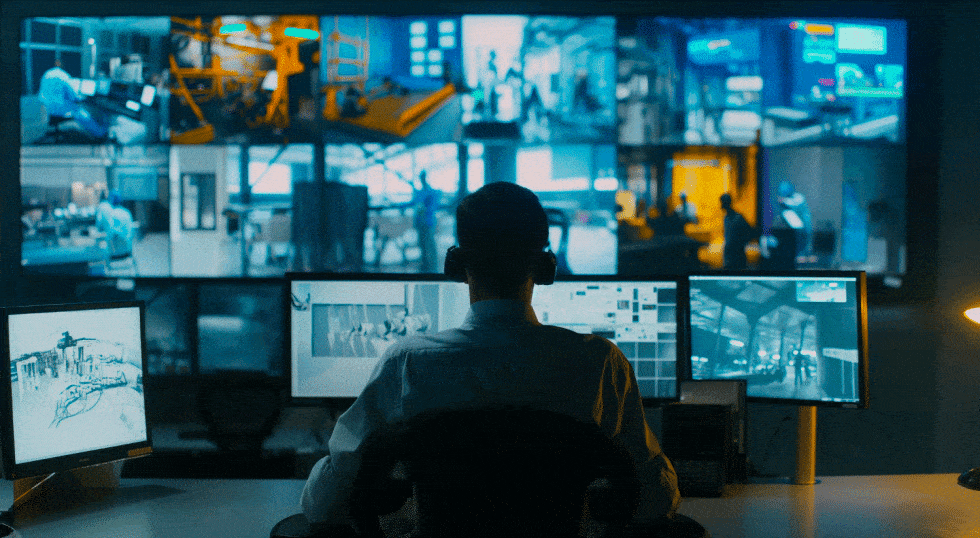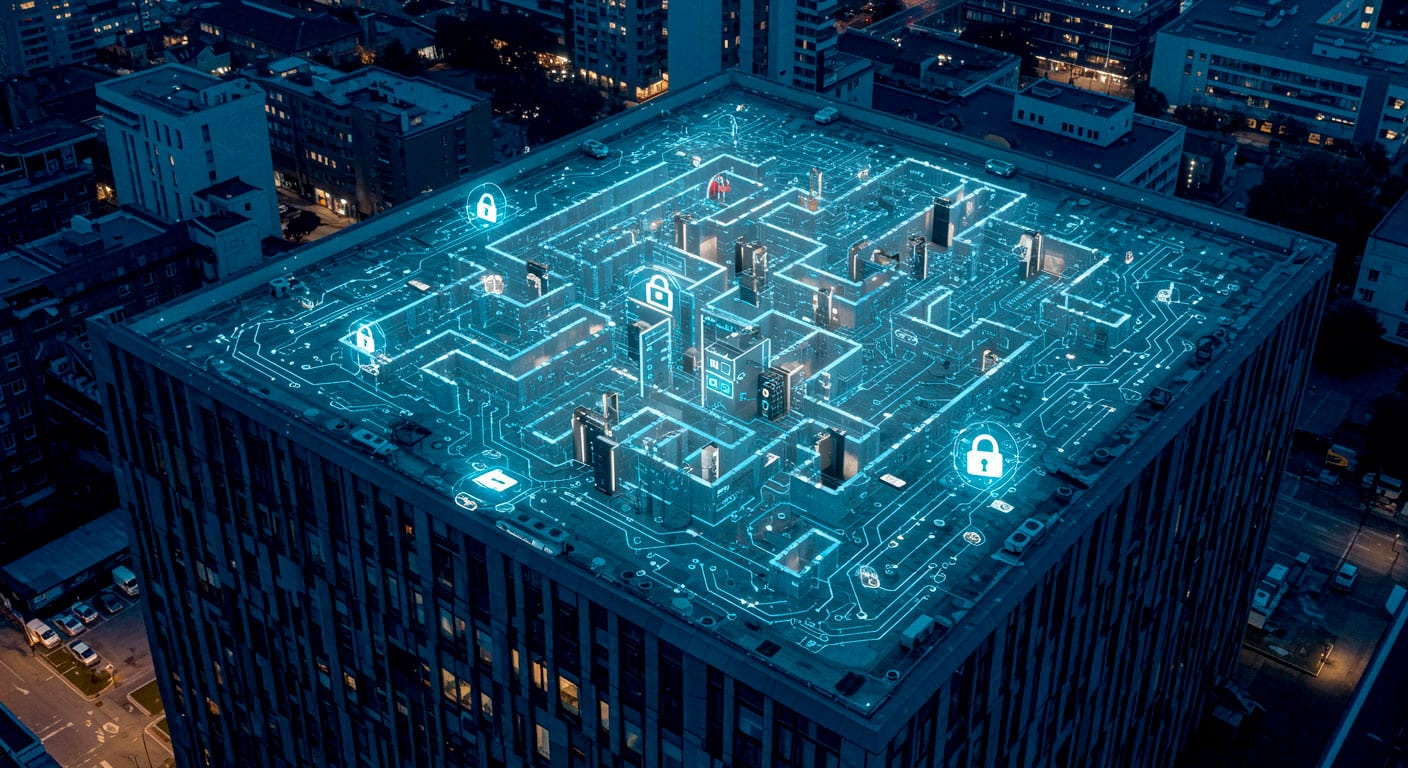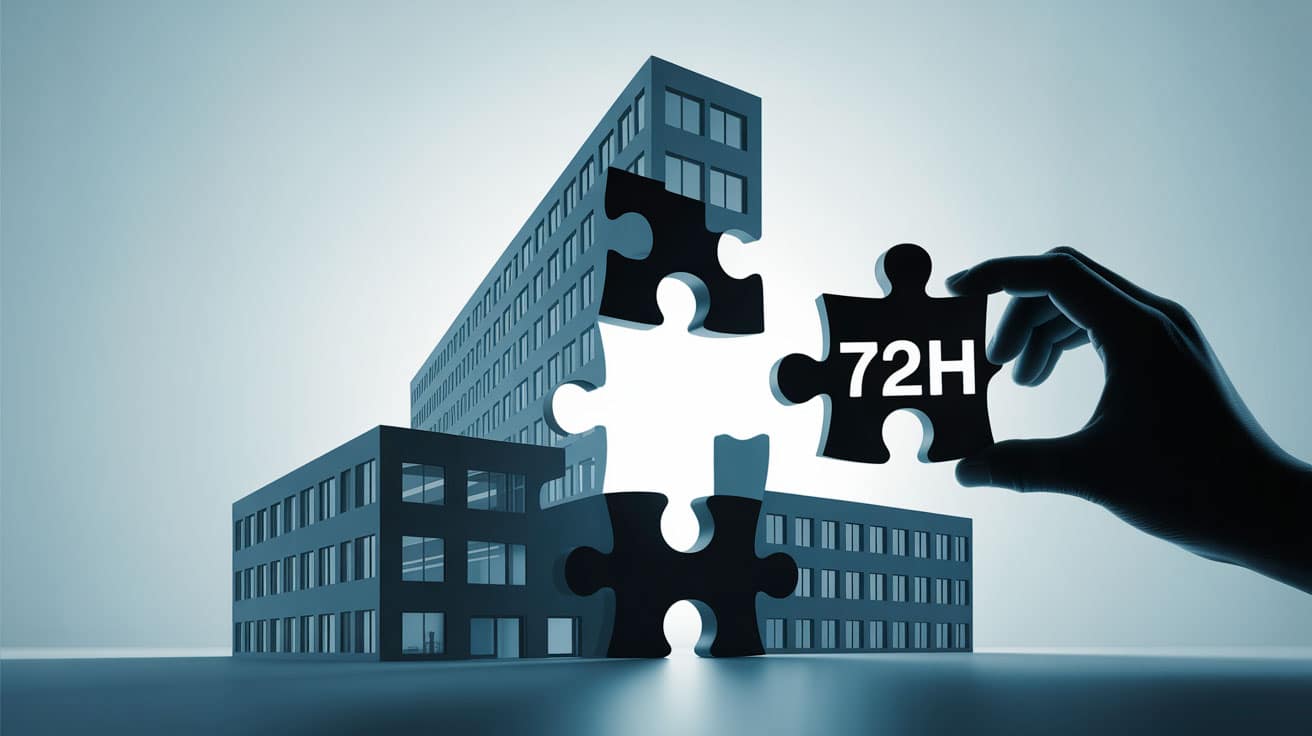How to Prevent the Blockage of Business Activities
In many companies, physical security is still perceived as a garrison and protection function, separate from production and strategic aspects. However, in an environment where any disruption can generate significant economic losses, physical security must be rethought as a key tool for ensuring business continuity.
It is not just about preventing theft or intrusion. Today, the real value of physical security lies in its ability to anticipate and prevent critical events that can compromise operations: breakdowns, unauthorized access, accidents at work, lack of control in logistics flows.
In this article we will look at how to design a business continuity-oriented security strategy, what are the key elements to guard, and how some companies have already achieved tangible results in terms of operational resilience.
Physical security and operational disruptions: an underestimated link
Every minute of downtime, process delay or blockage of infrastructure access has a direct impact on:
- Production
- Customer service
- Corporate reputation
- The total operating costs
The causes of these outages can often be traced to flaws in physical security systems:
- Uncontrolled or inefficiently managed accesses
- Vandalism or theft that compromises critical facilities or materials
- Workplace accidents not promptly handled
- Failure to detect anomalies or suspicious behavior in sensitive areas
When physical security is designed only to protect “from the outside,” it misses its most strategic function: keeping business operations operational even in the presence of criticality.
Designing business continuity-oriented security
Turning physical security into a pillar of business continuity requires a preventive, integrated, and responsive approach based on three key levers:
- Predictive and real-time control
Security can no longer be limited to passive video surveillance or physical guarding. Tools are needed that can intercept weak signals and anticipate risk before it becomes a lockdown:
- Monitoring systems with intelligent video analytics
- Detection of abnormal or out-of-band accesses
- Environmental sensors for plant criticality (smoke, temperature, vibration)
- Automatic reports on abnormal behavior
- Integration with business processes
Truly useful business continuity security must be interconnected with other operational functions:
- Emergency procedures integrated with the operations department
- Active collaboration with HSE (Health, Safety & Environment)
- Rapid Reporting Flows with Facility Management
- Real-time data access by security and operations management
In this way, each alert becomesmanagement information, not just an alert to be contained.
- Timely and decentralized response
Even in critical situations, the key to nonstop activity is the ability to intervene quickly and in a coordinated manner. This means:
- Centralized alert systems with trained intervention personnel
- Presence of immediate recovery plans (incident recovery)
- Redundancy of critical resources and alternative site accessibility
- Support of external supervisory networks coordinated in an integrated manner
Practical cases: when security avoids lockout
Many companies have already adopted proactive security models that have proven their effectiveness in real cases:
- Production facilities that avoid fermograzie withsurveillance systems capable of detecting operational anomalies before they turn into accidents.
- Logistics centers that reduce restart times aftera breakdown through real-time flow monitoring and integration with the engineering department.
- Energy companies blocking ramep thefts beforethey cause blackouts or service interruptions.
- Chemical or pharmaceutical plantssafely handle internal emergencies, avoiding prolonged evacuations and damage to production.
In all these cases, physical security was not just an “obligatory cost,” but a real tool to protect business continuity and efficiency.
Conclusion: security that protects jobs, not just assets
Thinking of physical security only as a defense against external threats is a partial and outdated view. Today, the most advanced companies see it as an integral part of operational resilience, a key element in avoiding lockdowns, reducing risks, and ensuring process stability.
Investing in security designed to support business continuity means turning prevention into a competitive advantage that can make a difference at critical times.
The question is no longer “how much does safety cost?” but “how much does it cost to stop for not thinking about it in the right way?”



